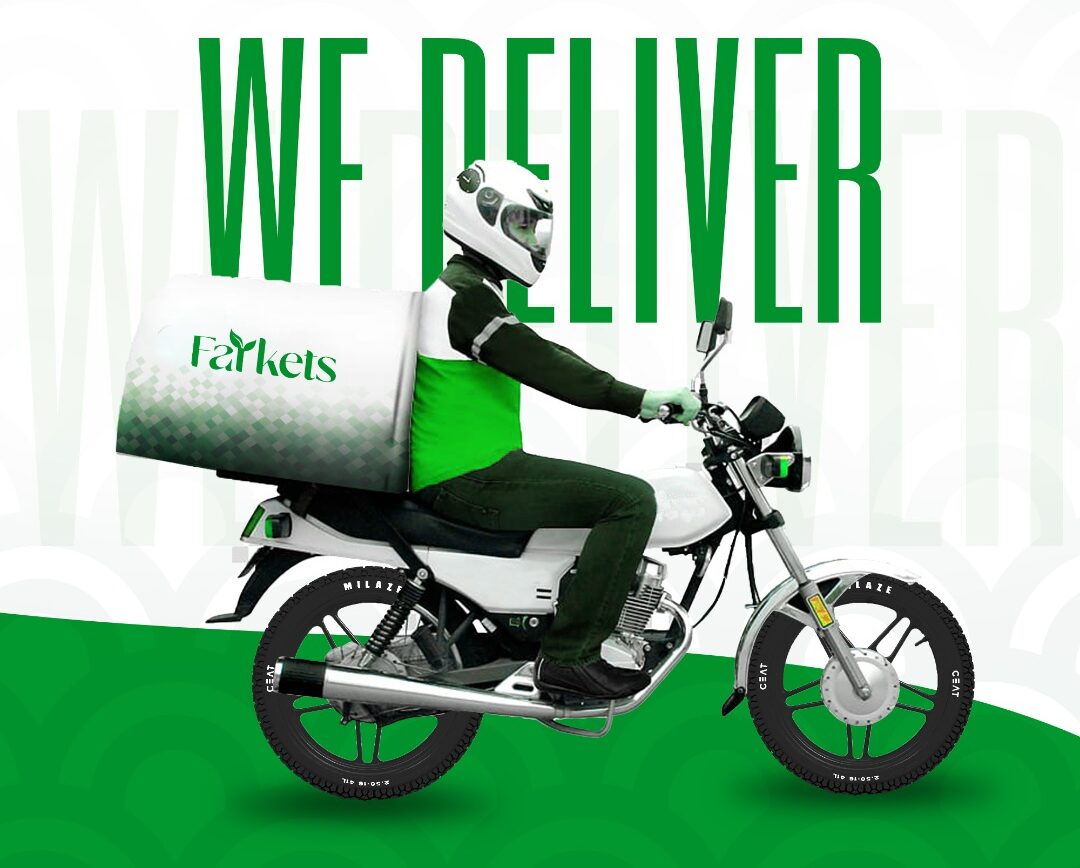
Food waste is one of the biggest challenges in the global food supply chain. In Africa, up to 40% of food produced is lost before it even reaches consumers due to poor storage, inefficient distribution, and supply chain mismanagement. This loss affects farmers, businesses, and consumers, leading to higher prices, economic losses, and environmental waste.
With the rise of Artificial Intelligence (AI) and smart logistics, food distribution is becoming more efficient, reducing waste, and ensuring food gets where it’s needed most. Here’s how technology is transforming food supply chains and minimizing waste.
1. Predicting Demand to Prevent Overstocking & Waste
One of the biggest causes of food waste is poor demand forecasting, leading to overproduction and excess stock that goes unsold and spoils.
✔ AI analyzes buying patterns and real-time trends to predict demand accurately.
✔ Reduces overproduction by ensuring supply matches actual market needs.
✔ Prevents food loss at the source by optimizing farm yields.
Farkets uses AI-driven demand forecasting to ensure only the right amount of food is sourced and distributed, minimizing waste from unsold inventory.
2. Optimizing Delivery Routes for Faster, Fresher Food
Delays in food transportation lead to spoilage and higher costs. Traditional logistics lack real-time tracking, meaning food can spend days in transit, losing freshness before reaching stores.
🚛 AI-powered route optimization reduces transit time.
📦 Smart distribution hubs ensure food is stored efficiently while awaiting delivery.
🚀 Faster last-mile delivery means food reaches consumers fresher.
At Farkets, AI-driven logistics ensure that fresh produce moves quickly from farms to consumers and businesses, reducing spoilage.
3. Smart Inventory Management to Reduce Expired Food
Traditional food supply chains often store products without real-time tracking, leading to expired food sitting in warehouses.
✔ AI tracks expiration dates and stock levels to prevent waste.
✔ Automated alerts ensure food is sold or redistributed before expiration.
✔ Just-in-time inventory reduces overstocking, ensuring only fresh produce is stocked.
By implementing smart inventory systems, Farkets ensures food is efficiently rotated and utilized before it goes bad.
4. Connecting Surplus Food to the Right Markets
Even when excess food is produced, smart logistics can redirect it to areas in need.
🌍 AI identifies demand gaps and redistributes surplus food to areas with shortages.
📈 Predictive analytics ensure food is rerouted instead of wasted.
🍽 Food waste reduction programs help supply surplus food to businesses and communities.
Farkets helps connect excess food to the right markets, ensuring that fresh produce is used efficiently.
5. Reducing Food Waste with Sustainable Packaging & Storage
AI also helps in optimizing storage conditions and reducing waste through better packaging.
✔ AI monitors temperature and humidity to ensure proper storage.
✔ Smart packaging solutions extend shelf life using biodegradable materials.
✔ Real-time tracking ensures food quality from farm to consumer.
Farkets integrates smart storage and packaging solutions to keep food fresh for longer and reduce spoilage.
The Future of AI & Smart Logistics in Food Supply
As technology advances, AI and smart logistics will play an even greater role in eliminating food waste, reducing costs, and ensuring food security. The future includes:
✅ Blockchain tracking for full transparency in food supply chains.
✅ AI-powered surplus food donation networks to reduce hunger.
✅ Autonomous vehicles for faster, more efficient deliveries.
At Farkets, we are leading the way in smart food supply solutions, ensuring that food reaches the right people at the right time—fresh, affordable, and waste-free.
📌 Want to experience the future of food supply? Start shopping with Farkets today! 🚀

